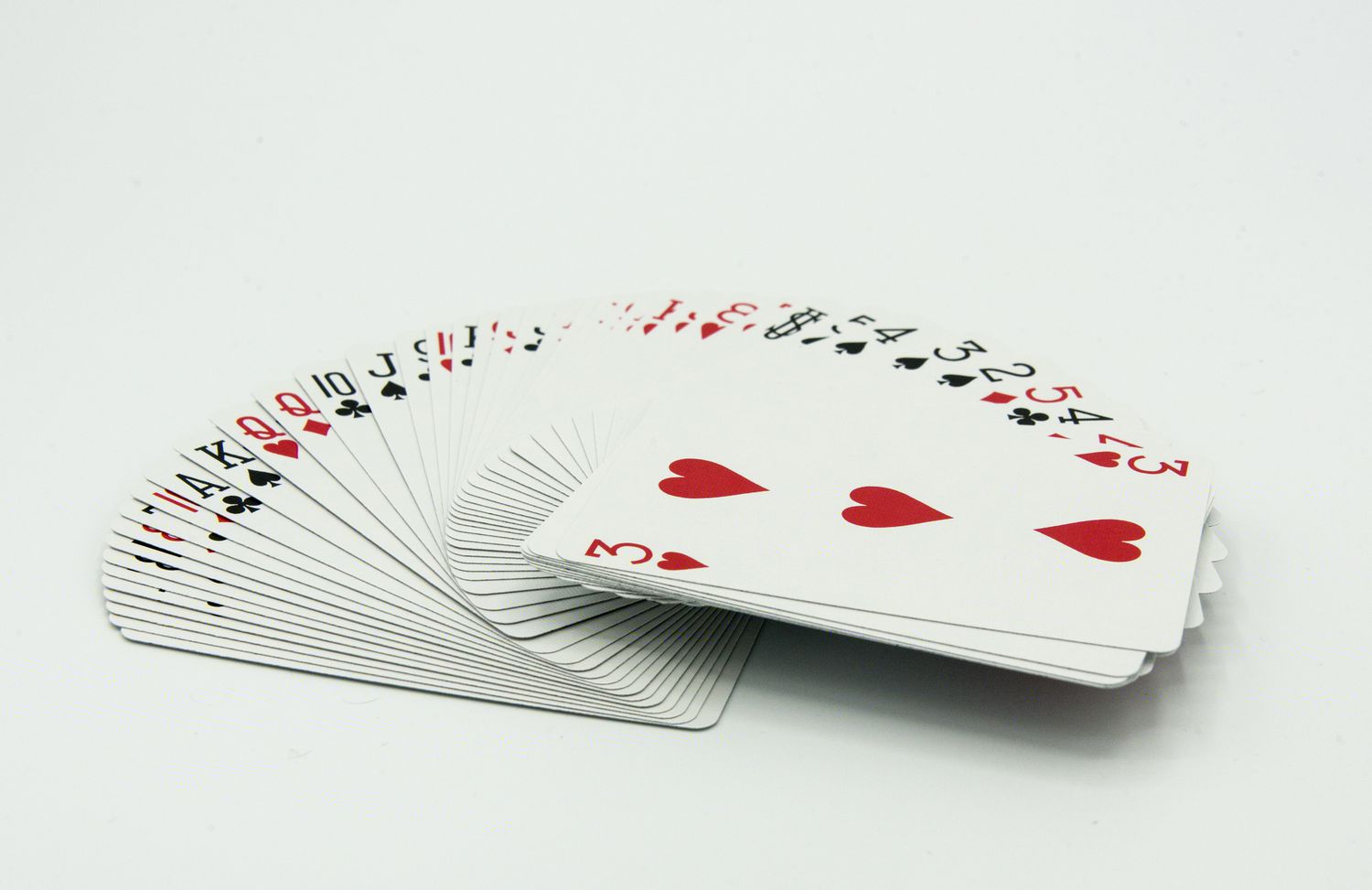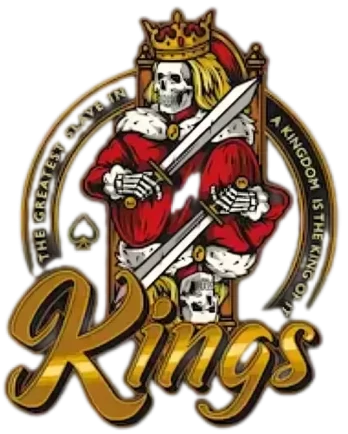Deck Of Cards
Understanding the Standard Deck of Card
A deck of card is a fundamental element used in countless games and activities around the world. It traditionally consists of 52 playing cards, divided into four suits: hearts, diamonds, spades, and clubs. Each suit contains 13 cards, including numbered cards from 2 to 10, and the face cards — Jack, Queen, King, and Ace.
The history of the deck of card dates back to ancient China and India, with modern European-style playing cards evolving in the 14th century. Over time, the deck has not only been used for games but also for magic tricks, fortune telling, and probability experiments.
Each card in a deck carries symbolic meaning and numerical value, which is why it’s often used beyond casual entertainment. For example, in tarot readings and other divination practices, different cards can represent emotions, challenges, or spiritual paths.
Today, the deck of card is a staple in homes, casinos, schools, and even scientific research. Whether you play Poker, Solitaire, or practice cardistry, this simple tool holds complex possibilities.

Games You Can Play with a Deck of Card
A deck of card offers endless possibilities when it comes to gameplay. It serves as the foundation for classic games like Poker, Blackjack, and Rummy, each with its own rules and strategies. These games are popular in casinos and among family and friends for both competition and entertainment.
Poker, for instance, involves betting and skill, and is played in many variations including Texas Hold’em and Omaha. Blackjack, on the other hand, is about beating the dealer’s hand without exceeding 21. Rummy focuses on forming sets or runs with the cards in your hand.
Solitaire is a unique one-player game that also uses a standard deck of card. It challenges a player’s patience, logic, and planning ability. Bridge is another well-known game that demands strong memory and team coordination.
Beyond traditional games, a deck of card is often used in drinking games, party games, and even in educational settings to teach math and probability. For example, teachers might use cards to explain fractions or odds in a fun and interactive way.
Ultimately, the flexibility of a deck of card makes it one of the most accessible and enduring tools for social interaction and mental exercise. From serious tournaments to casual game nights, the fun is always within reach.

The Cultural Significance of the Deck of Card
The deck of card holds a unique place in global culture. It appears in literature, film, and art as a symbol of fate, strategy, and even deception. Characters like the Queen of Hearts or the Ace of Spades have taken on metaphorical meanings across various media.
In some cultures, specific cards are considered lucky or unlucky. The number 13, for instance, makes the King of Hearts a subject of superstition in many regions. Meanwhile, magicians around the world use the deck of card as a standard prop to amaze audiences.
Moreover, cards often symbolize unpredictability and life’s chance events. Whether you’re shuffling a deck or drawing a single card, there’s always a blend of luck, choice, and mystery involved. This is part of what makes the deck of card so timeless.
